Quick Look Review: SVS Soundpath Subwoofer Isolation System
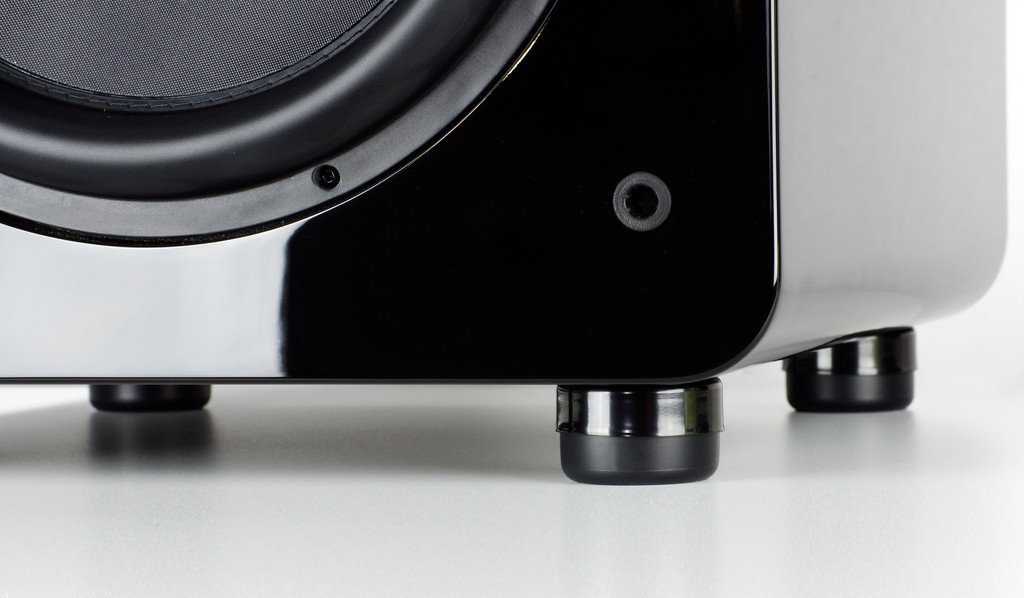
Here at HT Guys headquarters, Braden and I have long been proponents of isolating a home theater’s subwoofer from the rest of the room by using an acoustic dampening solution which can reduce structural vibrations through your floor, walls, and ceiling and deliver tighter bass and improved low frequency output. For many years, my subwoofer-isolating product of choice has been the SubDude from acoustic management firm Auralex.
The SubDude, currently available in version II, is a 15-inch x 15-inch platform for your subwoofer which “decouples” your subwoofer from the floor, helping to prevent or mitigate vibrations from your home theater system’s low frequency output. This results in cleaner and tighter bass and less rumbling and distortion, giving you the dual benefits of more enjoyable movies and music as well as reducing the chance of eliciting a noise complaint from neighbors.
The disadvantage of the SubDude, however, is that it is designed to be a universal product that is compatible with the majority of consumer-level home theater subwoofers, and it therefore never perfectly fits your exact subwoofer’s dimensions (your sub ends up being either too big or too small to fit the SubDude’s footprint perfectly). In most cases, this doesn’t really have an effect on how well the SubDude works, but it can cause issues with both aesthetics and subwoofer placement.
Enter audio firm SVS Sound and its SoundPath Subwoofer Isolation System. This $50 kit consists of four circular “Shock Absorbers” that you use to replace your subwoofer’s existing feet. Unlike your sub’s original feet, however, the SoundPath feet are designed to absorb and eliminate virtually all vibration generated by the subwoofer before it transfers to your floor.
As described by the SVS SoundPath’s product page:
Decoupling is making the interaction between a subwoofer and floor so weak that virtually no energy is transferred between them. The SVS SoundPath Subwoofer Isolation System features rigorously tested optimized durometer elastomer feet that significantly reduces the transmission of subwoofer energy through your floor and walls. This allows low frequency effects to be transferred through the air where they can be felt, resulting in tighter and cleaner sounding bass, no more distracting buzz or rattle from the room, and better sonic clarity and dynamics.
The SVS SoundPath Subwoofer Isolation System is designed to work with subwoofers from many different manufacturers, not just SVS’s own line of subs. The package includes five sets of screws in common sizes for attaching to your own subwoofer, and installation takes just minutes. There is also a SoundPath version which includes six isolating feet in order to accommodate larger subwoofers.
SVS advertises that the SoundPath Subwoofer Isolation System will provide benefits on all common home theater floor surfaces, including hardwood, carpet, and tile. For my test, I attached four SoundPath feet to the DIY subwoofer I assembled from Parts-Express, replacing the SubDude I had been using previously, and returned the subwoofer to its usual place on a hardwood floor against the wall.
Even before I powered on the home theater system to test the SoundPath Isolation feet, I received a “thumbs up” from the aesthetics committee. My subwoofer was a bit smaller than the SubDude it previously sat on, resulting in a mildly unattractive lip around the base of the unit. With the SVS SoundPath Isolation feet installed, the new setup took up less space and looked notably cleaner, which can be a big plus for many spouses. When I finally fired up the home theater system and played some low frequency-heavy movies and music, I discovered that looks weren’t the SoundPath’s only advantage.
Compared to the SubDude, the SVS SoundPath isolation feet produced an immediate and noticeable improvement in sound quality. Bass was tighter and cleaner, nothing in the room rattled or buzzed from the vibration, and the “boom” that we home theater enthusiasts crave hit satisfyingly hard.
There’s no way to completely convey the experience without hearing it in person, but the bottom line is that the SVS SoundPath Isolation System improved upon an already nice product — the SubDude — at an even lower price point. If you’ve already spent $500 or more on your subwoofer, spending an additional $50 to get the best performance out of it is not asking too much. In fact, it’s really a no-brainer.
You can pick up the SVS SoundPath Subwoofer Isolation System now from the SVS website or via third party retailers like Amazon. SVS offers a 45-day in-home trial during which you can return the SoundPath for a full refund, including shipping. If you decide to stick with the SoundPath, both the four and six feet versions include a 5-year warranty.
For more on SVS, check out my interview with SVS President Gary Yacoubian on Episode #738 of the HDTV & Home Theater Podcast.




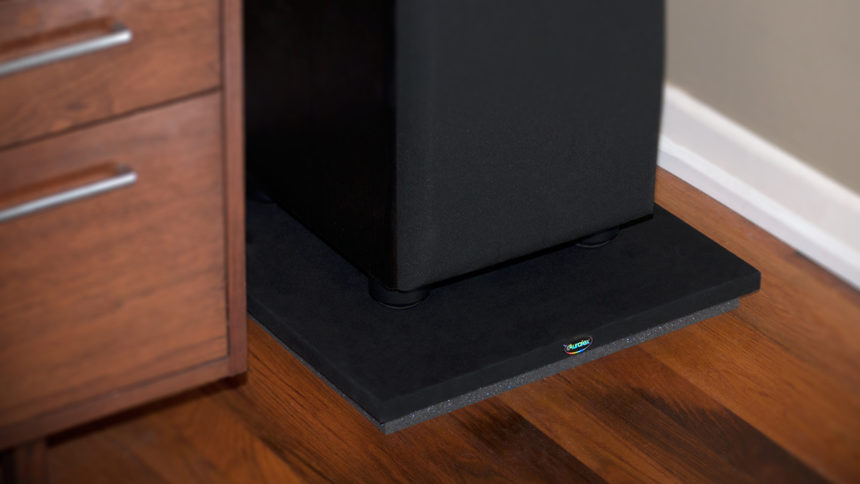






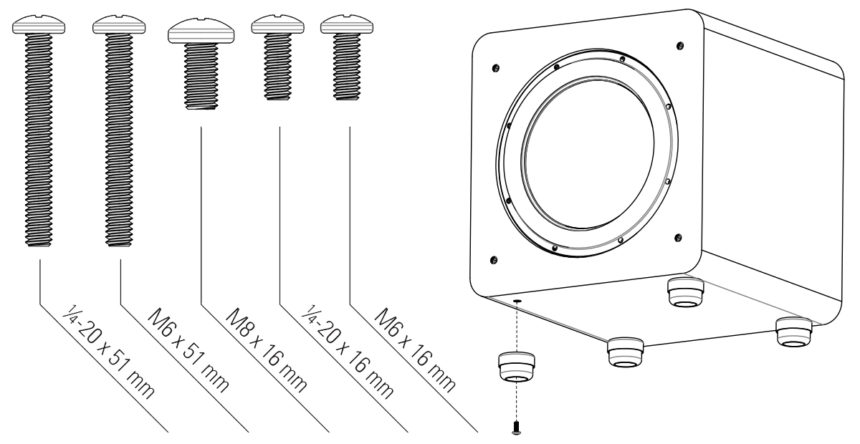
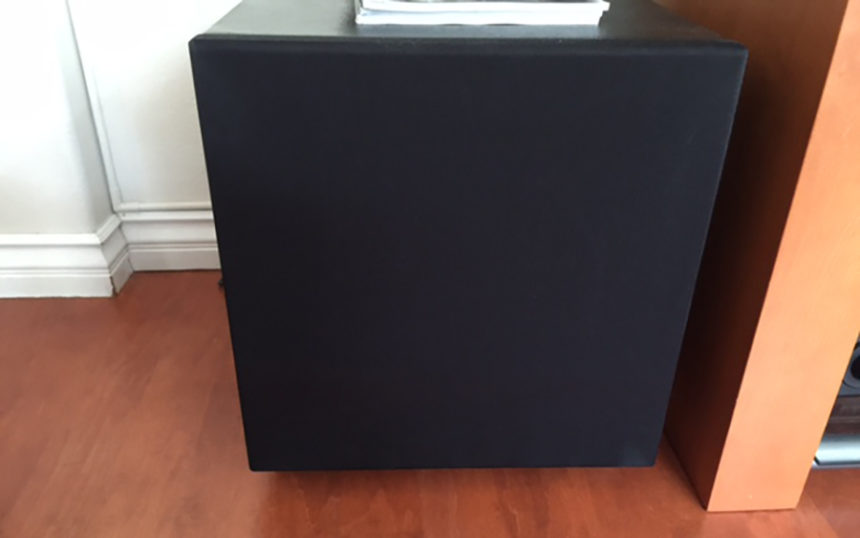




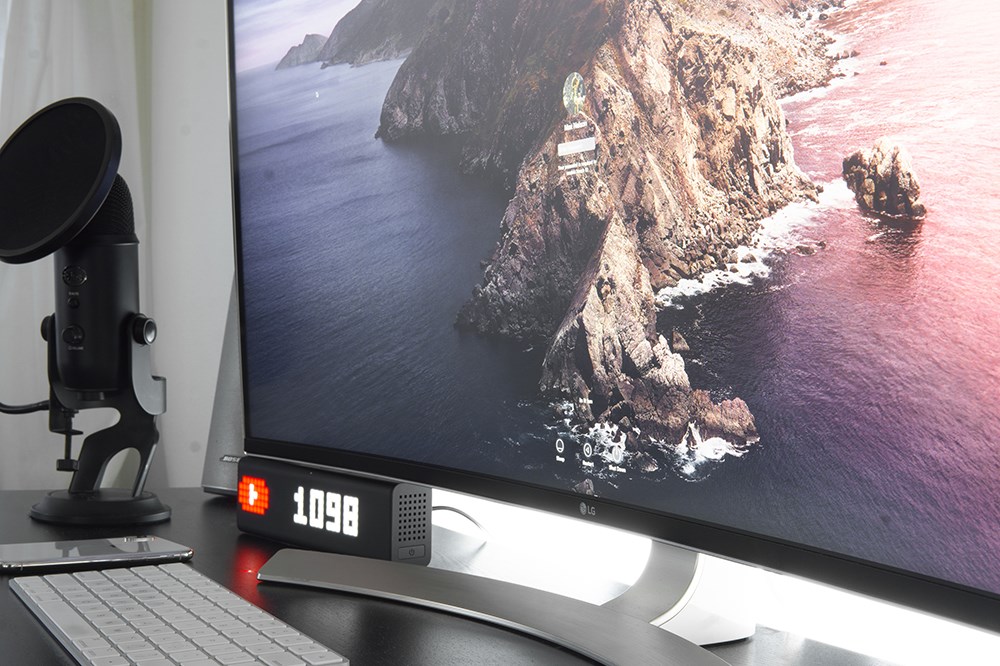







One thought on “Quick Look Review: SVS Soundpath Subwoofer Isolation System”
Wouldn’t this mat create a similar desired effect? It’s a large mat, so you could either cut it into small pieces to fit under your subs feet, but it to the foot print of your sub, or just but it in half and use each piece under each sub if you have multiples? I never thought about using anything to place under the subs feet in order to combat vibrations/rattles. I simply thought they came with the territory of subs.
I’ll be curiously awaiting input on this idea. Has anyone tried something similar, or with different material(‘s), or have educated input on the science of this material vs. what I have suggested or any other material?